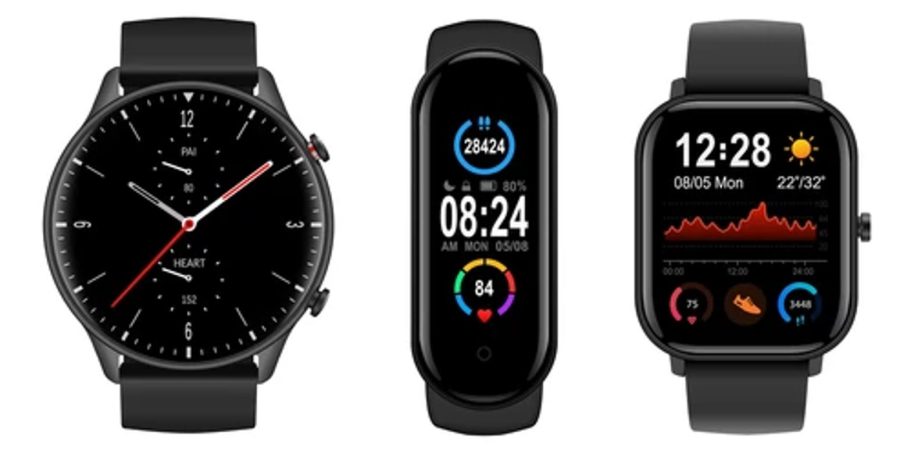Introduction
Smartwatches have evolved from simple fitness trackers to powerful wearable devices that can make calls, monitor health, and even act as a mini-smartphone on your wrist. With so many options available—from budget-friendly models to premium ones like the Apple Watch and Samsung Galaxy Watch—choosing the right smartwatch can be overwhelming.
This guide will help you understand the key factors to consider before buying a smartwatch, ensuring you pick the best one for your needs.
1. Compatibility with Your Smartphone
Not all smartwatches work with every smartphone. Before buying, check:
- Apple Watches work best with iPhones (limited functionality with Android).
- Wear OS (Google/Samsung watches) works well with Android phones.
- Fitbit/Garmin supports both iOS and Android but may have limited features.
Tip: Always verify compatibility on the manufacturer’s website.
2. Operating System & Features
Different smartwatches run on different OS, affecting functionality:
- Wear OS (Google/Samsung): Best for Google apps, Google Pay, and third-party apps.
- watchOS (Apple Watch): Seamless integration with iPhone, iMessage, and Apple Pay.
- Fitbit OS/Garmin OS: Focuses on fitness tracking with fewer smart features.
Consider: Do you need app support, or is fitness tracking enough?
3. Battery Life
Battery performance varies widely:
- Basic smartwatches (e.g., Amazfit, Fitbit): 5-10 days.
- Premium smartwatches (e.g., Apple Watch, Galaxy Watch): 1-2 days.
- Hybrid smartwatches (e.g., Fossil Hybrid): Weeks or even months.
Tip: If you hate frequent charging, prioritize battery life.
4. Health & Fitness Tracking
Most smartwatches track steps, heart rate, and sleep, but advanced models offer:
- ECG & Blood Oxygen (SpO2) monitoring (e.g., Apple Watch, Samsung Galaxy Watch).
- GPS tracking for runners/cyclists.
- Menstrual cycle tracking & stress monitoring.
Consider: If fitness is a priority, look for accurate sensors and multi-sport modes.
5. Design & Display
- Display Type:
- AMOLED: Best for vibrant colors (Apple Watch, Galaxy Watch).
- LCD: More power-efficient but less sharp (budget models).
- E-Ink: Used in hybrids for longer battery life.
- Size & Strap: Choose a comfortable fit (interchangeable straps are a plus).
- Durability: Look for water resistance (IP68 or 5ATM for swimming).
6. Price & Budget
Smartwatches range from 50to50to1,000+:
- Budget (<$100): Basic fitness tracking (Amazfit, Xiaomi).
- Mid-Range (100−100−300): Better features (Fitbit, Samsung Galaxy Watch).
- Premium ($300+): Advanced health tracking & smart features (Apple Watch, Garmin).
Tip: Decide which features are must-haves before setting a budget.
7. Additional Features
- NFC Payments: Google Pay, Apple Pay, Samsung Pay.
- Cellular Connectivity: Make calls without a phone (adds cost).
- Voice Assistants: Siri, Google Assistant, Bixby.
- App Ecosystem: Can you download apps like Spotify, WhatsApp, or Uber?
Final Buying Tips
✅ Try before buying (check comfort & UI).
✅ Read reviews (check battery life & accuracy).
✅ Future-proofing (software updates matter).
Conclusion
The best smartwatch depends on your needs—whether it’s fitness, productivity, or style. By considering compatibility, battery life, health features, and budget, you can find the perfect smartwatch that fits your lifestyle.
Which smartwatch are you considering? Share in the comments!
#Smartwatch #BuyingGuide #WearableTech #TechTips #Gadgets
New chat

Leave a Reply